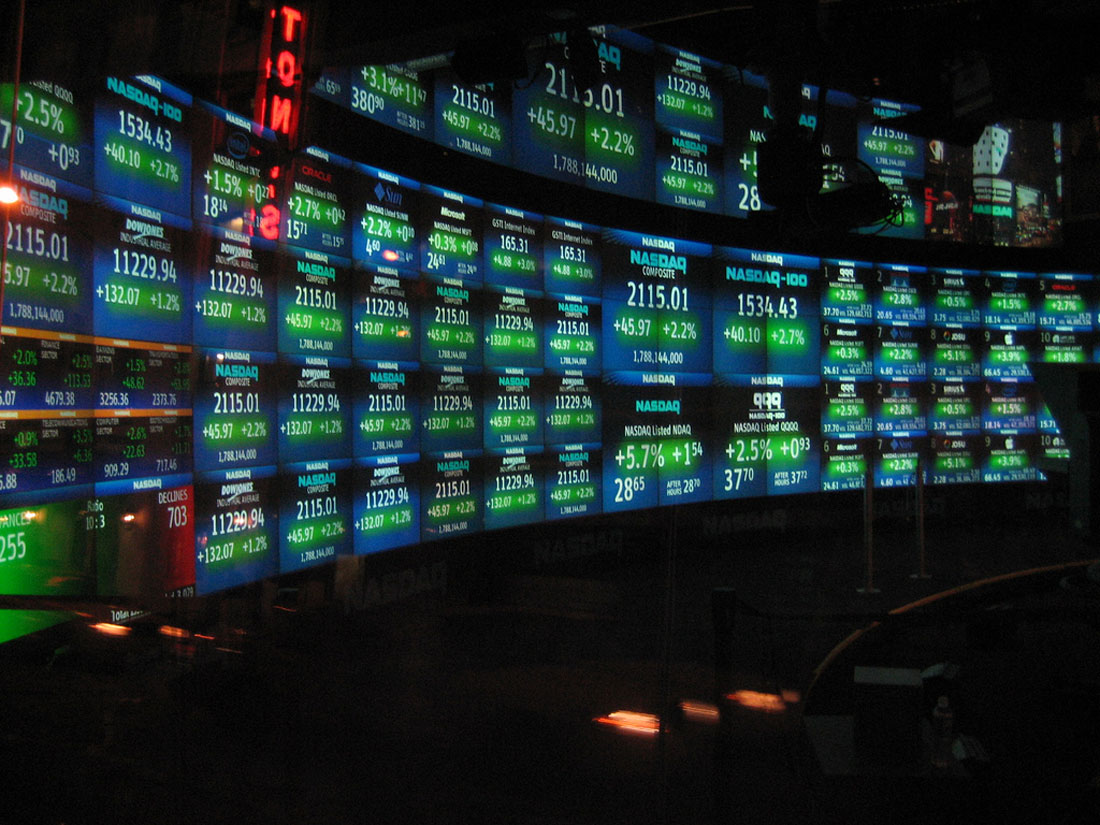Experts project robust growth in trading volumes on Nasdaq OMX Group’s new energy derivatives exchange, despite oil prices’ recent moves into bear market territory.
After U.S. oil prices met the common definition of a bear market last week — by falling more than 20% from recent peaks, the Brent crude oil price followed suit this week. The international benchmark dipped into a six-month low on fears of further reduced demand from China, the world’s second-largest energy consumer.
The Nasdaq Futures Exchange, launched on July 24, offers futures and options based on oil, natural gas and U.S. power benchmarks. Collectively called Nasdaq Energy Futures, or NFX, these energy derivatives from Nasdaq are duplicative of the existing contracts offered by the new exchange’s competitors in the energy derivatives space — CME Group and Intercontinental Exchange.
“We are very happy with how it’s started, and we are seeing good market-maker participation. That’s what we are looking for first — to establish good market quality,” said Magnus Haglind, head of U.S. Commodities for Nasdaq and CEO of the new exchange, in a telephone interview.
To ease the transition, NFX offers a fee holiday for the first nine months of trading, after which it plans to more than halve the transaction costs offered by existing exchange operators, Haglind said.
“The average rate per contract, which is typically the way you calculate it, is around $1.30 in the industry, and our average rate per contract will be below $0.50,” Haglind said.
To Haglind, the cut in transaction costs will significantly enhance trading volumes on the new exchange, even with tumbling oil prices.
“When the price of the asset you are trading is going down…certainly the cut in transaction costs becomes very welcomed,” he said. NFX aims to achieve a market share of 10% within 18 to 24 months of launch.
Ehud Ronn, a business professor at the University of Texas who specializes in energy industry finance, said volatility rather than price levels is the key determinant to the volumes of trading.
“When there is greater volatility, there is more impetus for trading as agents rebalance their portfolios and learn from changing prices, and reflect different perspectives of the future,” Ronn wrote in an email.
Regarding the new energy exchange’s impact on the currently relapsing oil market, Ronn said financial markets such as NFX stand as a “reflection of [market] reality,” rather than a factor that could influence the market in the long run.
It is likely, however, that the new exchange will lead to enhanced liquidity in the marketplace — as more participants give rise to wider input to the price discovery process, Ronn added.
The new exchange does have its skeptics. Calling the oil price collapse a bad omen for the new exchange, Phil Flynn, an analyst at Chicago-based Price Futures Group, said he foresees more people “exiting oil futures and commodities in general” in light of growing uncertainties in the oil market.
The other hurdle for NFX’s volume growth is its inability to differentiate its products from the existing contracts in the already “very well-covered” energy derivatives arena, Flynn said.
“Right now I don’t see a case laid out that there is an incentive for us to move,” he added.


